New to woodworking, looking for power tool list
jlc102482
13 years ago
Featured Answer
Sort by:Oldest
Comments (14)
brickeyee
13 years agolast modified: 9 years agoRelated Professionals
Citrus Heights Cabinets & Cabinetry · Reading Cabinets & Cabinetry · Mokena Carpenters · Tucson Carpenters · Carmel Flooring Contractors · Fort Myers Flooring Contractors · Germantown Flooring Contractors · Lombard Flooring Contractors · Oxford Flooring Contractors · Virginia Beach Flooring Contractors · Whitman Flooring Contractors · Kearny Furniture & Accessories · Manhattan Furniture & Accessories · Rochester Furniture & Accessories · Glenvar Heights Furniture & Accessoriesaidan_m
13 years agolast modified: 9 years agosombreuil_mongrel
13 years agolast modified: 9 years agoUser
13 years agolast modified: 9 years agobobismyuncle
13 years agolast modified: 9 years agoCAbeachGal
9 years agolast modified: 9 years agobobismyuncle
9 years agolast modified: 9 years agosombreuil_mongrel
9 years agolast modified: 9 years agotalley_sue_nyc
9 years agolast modified: 9 years agobobismyuncle
9 years agolast modified: 9 years agotalley_sue_nyc
9 years agolast modified: 9 years agosombreuil_mongrel
9 years agolast modified: 9 years agoJoseph Corlett, LLC
9 years agolast modified: 9 years ago
Related Stories
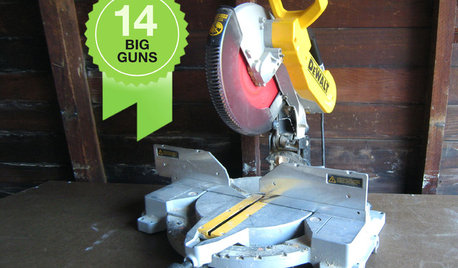
DIY PROJECTS14 Power Tools for the Home Shop
Want the thrill of building it yourself? These "big guns" help the handy homeowner tackle just about any job
Full Story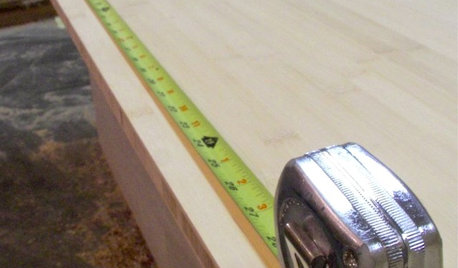
WOODWORKING7 Must-Have Measuring Tools for Woodworking
Whether you're a newbie DIYer or building cabinets from scratch, using the right woodshop tools makes all the difference
Full Story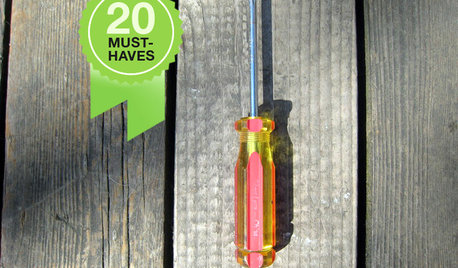
HOUSEKEEPING20 Tools Every Homeowner Should Have
You probably have a hammer, but that's just a start. These 20 tools and devices are superstars for household projects and repairs
Full Story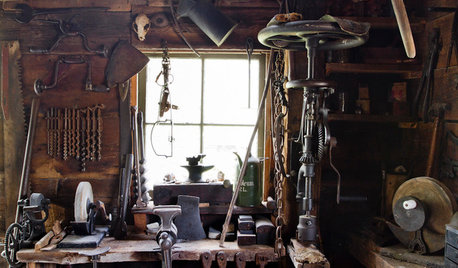
MATERIALSAre You a Maker? Show Us Your Favorite Tool or Material
Houzz Call: A tool or material can be a maker’s best friend. We’d like to see your favorite — and what it helps you achieve
Full Story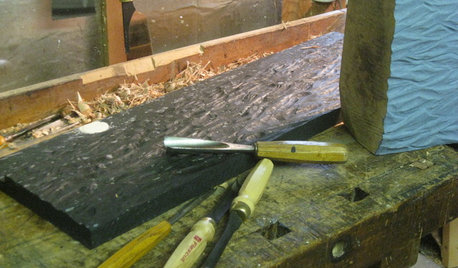
MATERIALS35 Makers Show Us What They Do With Their Favorite Tools
Houzz readers express their creativity in an astonishing range of ways. View their tools — and their works — here
Full Story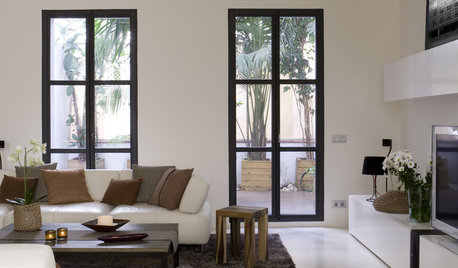
COLORWake Up Your Woodwork With Black
Strike a dramatic note with black window frames, shelves, stairs and more, making features stand out or blend in
Full Story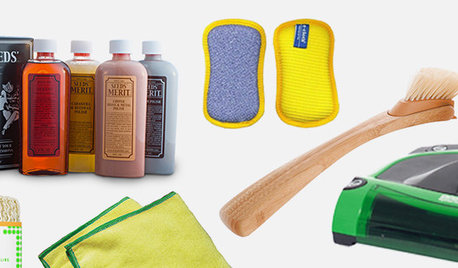
SHOP HOUZZShop Houzz: The Ultimate Cleaning Tools
Make a clean sweep with the best brushes, cleaners, vacuums, steamers and wipes for rooms that sparkle
Full Story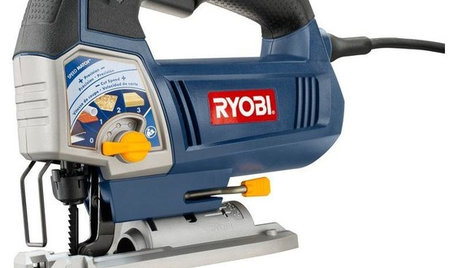
PRODUCT PICKSGuest Picks: Indispensable Tools for DIYers
Build your tool arsenal with these, and you’ll have the right equipment for any home project you take on
Full Story
PRODUCT PICKSGuest Picks: Tools and Accessories for Inspired Spring Cleaning
You'll be happy to roll up your sleeves and get to work cleaning around the home with these accoutrements at the ready
Full Story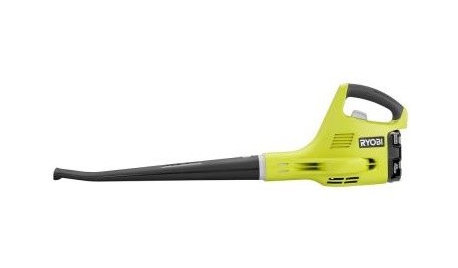
FALL GARDENING8 Must-Have Tools for Fall Backyard Prep
Autumn outdoor work feels overwhelming, but these handy tools can keep it under control
Full StoryMore Discussions










bobismyuncle